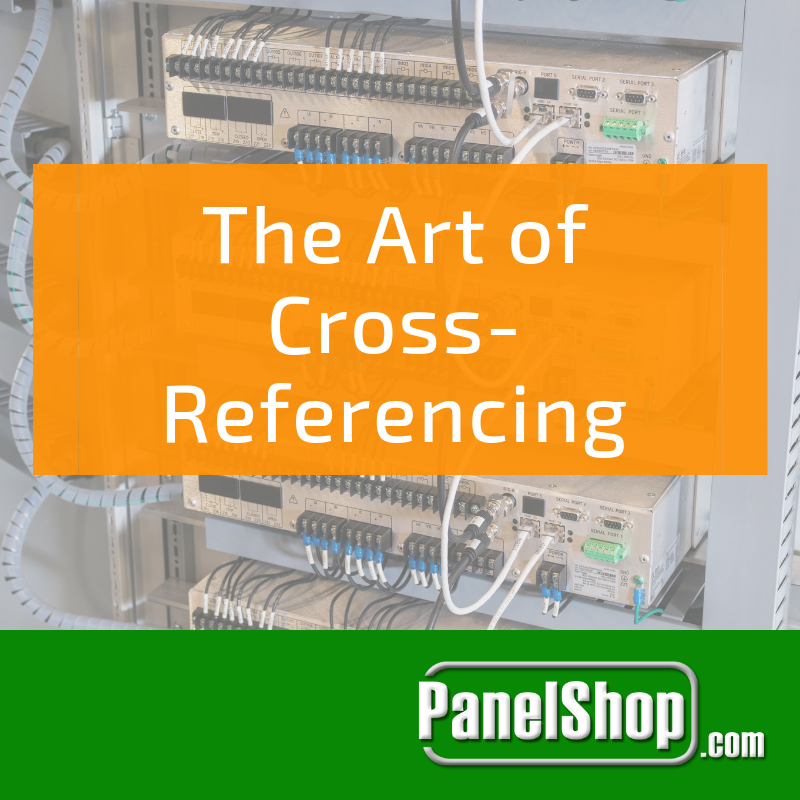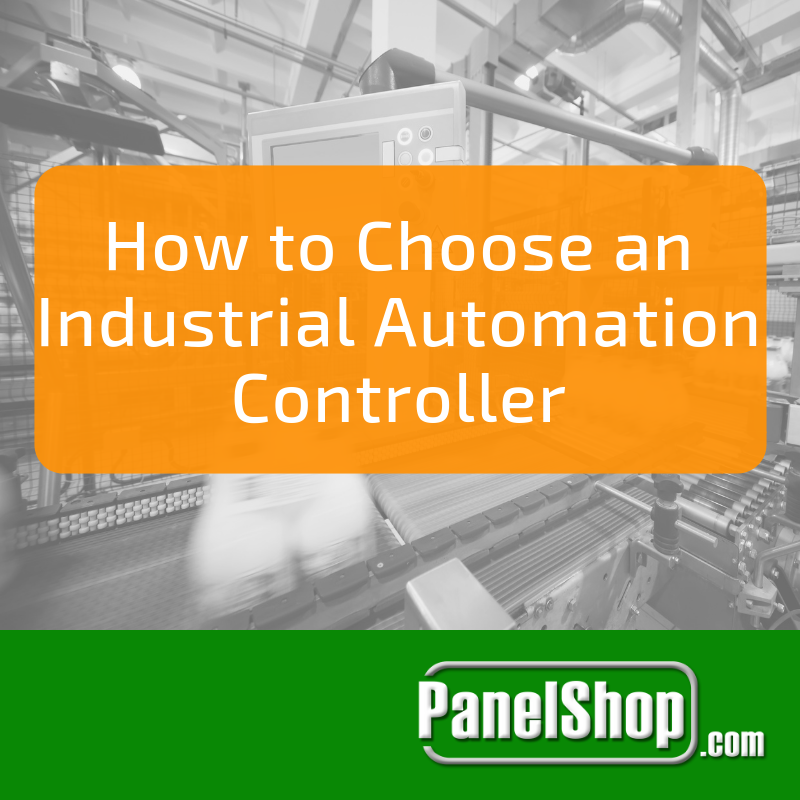
When Programmable Logic Controllers (PLCs) were first introduced to the industrial world in the 1960s, they were used to simplify the labyrinths that were relay panels. Controls were scattered and overwhelming. Plus, if there was a problem in the system, it might take hours to find the source of the issue. PLCs led the industry down a path to condense the chaos. At first, they had very limited uses, but by the time the 80’s rolled around, people were starting to guess at PLCs’ full potential. Many companies jumped into a competition to create an intelligent machine that could communicate over the span of their control areas. Over the last few decades, PLCs have grown to control most aspects of automation and production. They have moved past “ladder logic” and on to bigger and better things.
In the most basic sense, a PLC is a central controller used to manage multiple aspects of a system. They function like a larger-scale computer and can be programmed to manage different machines, streamline processes, and monitor different areas of a large industrial system. Their initial purpose was later determined to be the tip of the iceberg. Controlling inputs and outputs, motors and drives, and communications, to name a few, are some of the common functions of modern PLCs. Communication using Ethernet, for example, is a relatively new addition to standard PLCs, but becoming commonplace rather quickly.
More functionality is far from the only benefit of modern PLCs, though. They are continuing to be cheaper and smaller while being able to do more and gather more information. Because their initial purpose was to condense the number of devices needed to keep control of other devices, size of the PLCs themselves continues to be a very important factor in current product improvements.
Personalize PLCs
The modern PLC is more customizable than previous generations, and can be programmed to talk in a number of languages in order to communicate best with previously installed aspects of the system. Their flexible programming abilities mean that they can be used in a number of applications, and in a number of different markets and plants. For example, a plant performing automotive production won’t need the same machines as one in food processing, but they can both use PLCs with personalized programming. PLCs need to be flexible in order to appropriately get a controller to manage the individualized groupings of devices.
As technology improves, PLCs seem to be moving in the same direction that they have been for decades. They will continue to be smaller units, with a larger range of abilities. They will be able to manage more and different kinds of machines down on the floor and report back more data. They will continue to unify controls into one hand and simplify processes as a whole.
Overall, the functionality of PLCs will continue to evolve and the way in which new functions are implemented will directly contribute to production advances.





